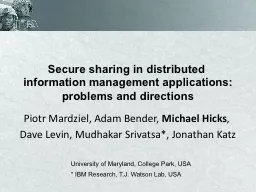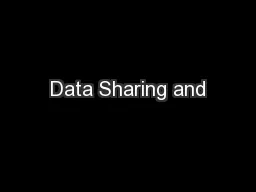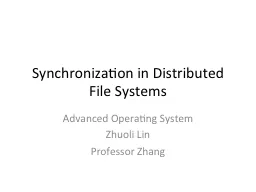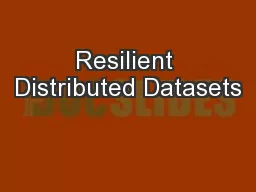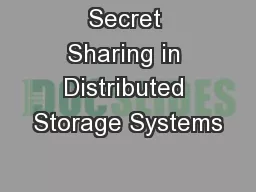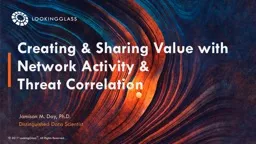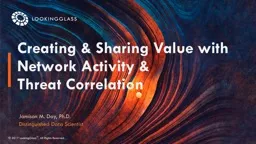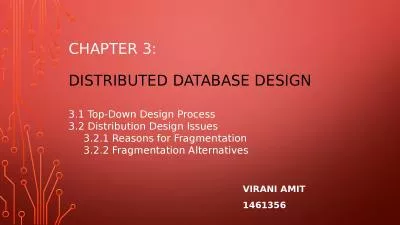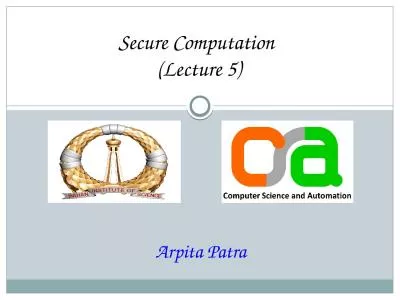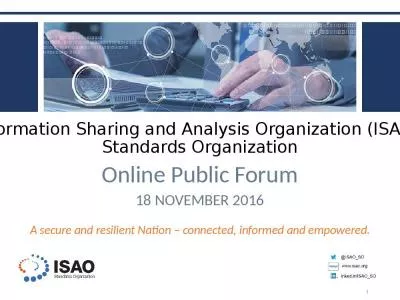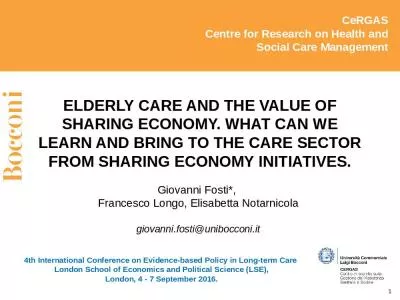PPT-Secure sharing in distributed information management applic
Author : jane-oiler | Published Date : 2016-05-09
problems and directions Piotr Mardziel Adam Bender Michael Hicks Dave Levin Mudhakar Srivatsa Jonathan Katz IBM Research TJ Watson Lab USA University of
Presentation Embed Code
Download Presentation
Download Presentation The PPT/PDF document "Secure sharing in distributed informatio..." is the property of its rightful owner. Permission is granted to download and print the materials on this website for personal, non-commercial use only, and to display it on your personal computer provided you do not modify the materials and that you retain all copyright notices contained in the materials. By downloading content from our website, you accept the terms of this agreement.
Secure sharing in distributed information management applic: Transcript
Download Rules Of Document
"Secure sharing in distributed information management applic"The content belongs to its owner. You may download and print it for personal use, without modification, and keep all copyright notices. By downloading, you agree to these terms.
Related Documents

